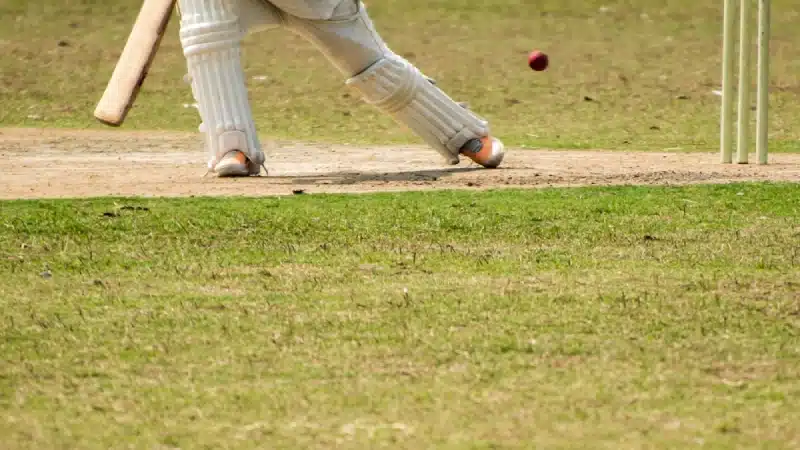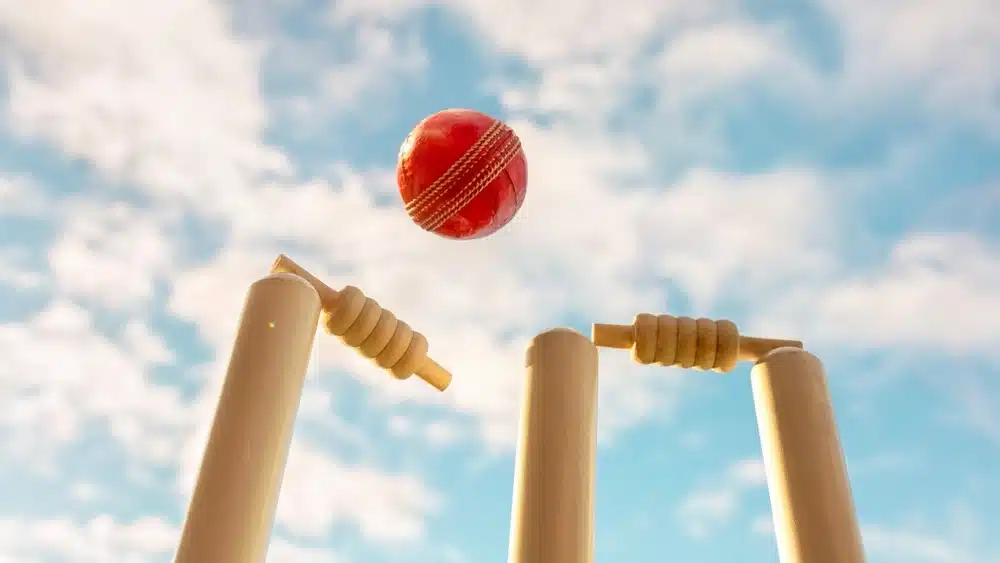
Extras in cricket are those runs that are not scored by a batter. These runs are inadvertently given to the batting team by the opposition and do not get added to the batter’s individual score.
Although these runs are added to the team total, they are mentioned separately on the scoreboard. The bowling team usually avoids giving away extra runs, but there have been instances across formats when teams have given away more extra runs than usual.
During the Benson and Hedges World Series of 1989, Pakistan conceded a whopping 59 extras against West Indies. It accounted for almost 30 percent of runs scored by the West Indies as they managed to post 203 in 41 overs.
Pakistan repeated the feat 10 years later against Scotland and on this occasion, accounted for more than 35 percent of Scotland’s 167 runs. The 59 runs conceded by Pakistan against West Indies and Scotland are the most extras conceded in a single ODI match.
As far as Test cricket is concerned, India tops the chart having conceded a whopping 76 extras in one innings against Pakistan in December 2007. Meanwhile, the record for most extras in a single T20I match is held by Turkey.
The Turks took on the Czech Republic in the sixth match of the Continental Cup in 2019 and went on to concede 39 extras as the Czechs scored 278/4 in 20 overs. This score is currently the joint-highest team total in T20 cricket.
Types of extras in cricket
There are mainly four types of extras in cricket.
- Bye: Byes are awarded when the ball does not come in contact with the bat or touches any part of the batter for that matter. The batting team can choose to run provided the opportunity arises, but those runs are not credited in the batter’s favour.
- Leg-bye: Leg-byes are awarded when the ball hits any part of the batter’s body except the hands. Note that byes and leg-byes are counted in the bowler’s tally as well.
- Wide: Wides are those deliveries that are bowled far away from the batter’s reach. A ball is declared wide if it breaches the tram markings of the popping crease without making any contact with the bat. Balls that stray down the leg side in limited over matches are automatically adjudged wides as well.
- No-ball: An umpire can signal for a no-ball for many reasons, but primarily it is given if the bowler’s front foot crosses the crease. Furthermore, a full-toss above waist high are also declared no-balls. In case of wides and no-balls, one run is awarded to the batting team. However, unlike byes and leg-byes, runs from wides and no-balls are added to the bowlers’ figures and the ball in question needs to be bowled again.
Meanwhile, an umpire can also call for a no-ball if he suspects a wrong bowling action. The ball should not be thrown and the bowler’s arm should neither be bent nor jerked to avoid a ball being declared as a no-ball.
The repercussion of a no-ball is a free-hit in the following delivery where a batter cannot be dismissed by any method other than run-out. This, however, is only applicable in ODIs and T20Is.
Featured photo: AFP / Ian Kington




















